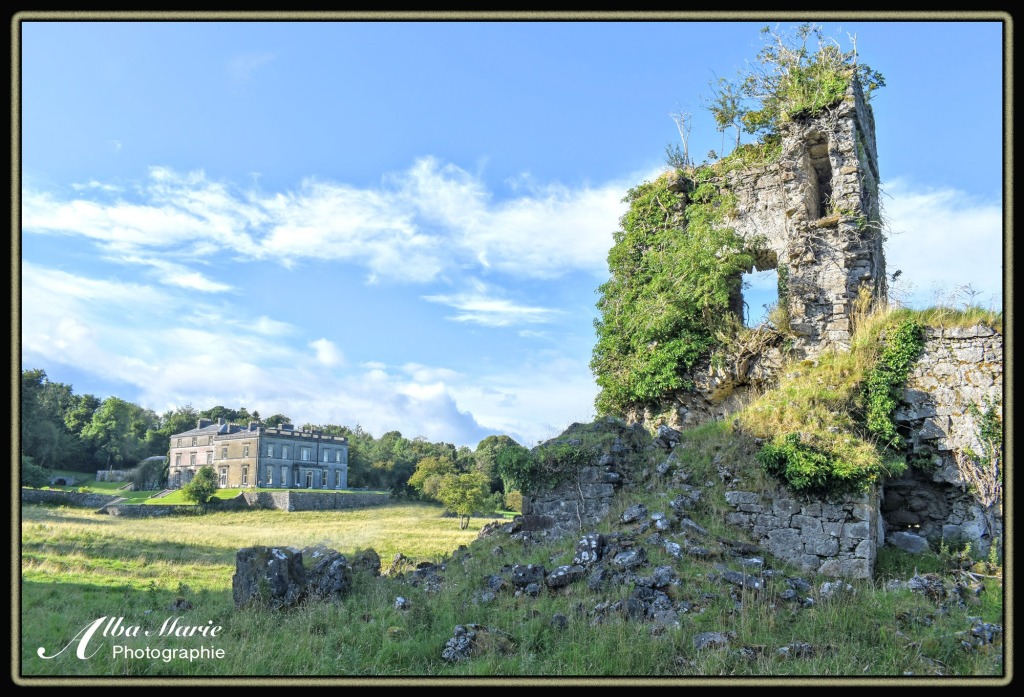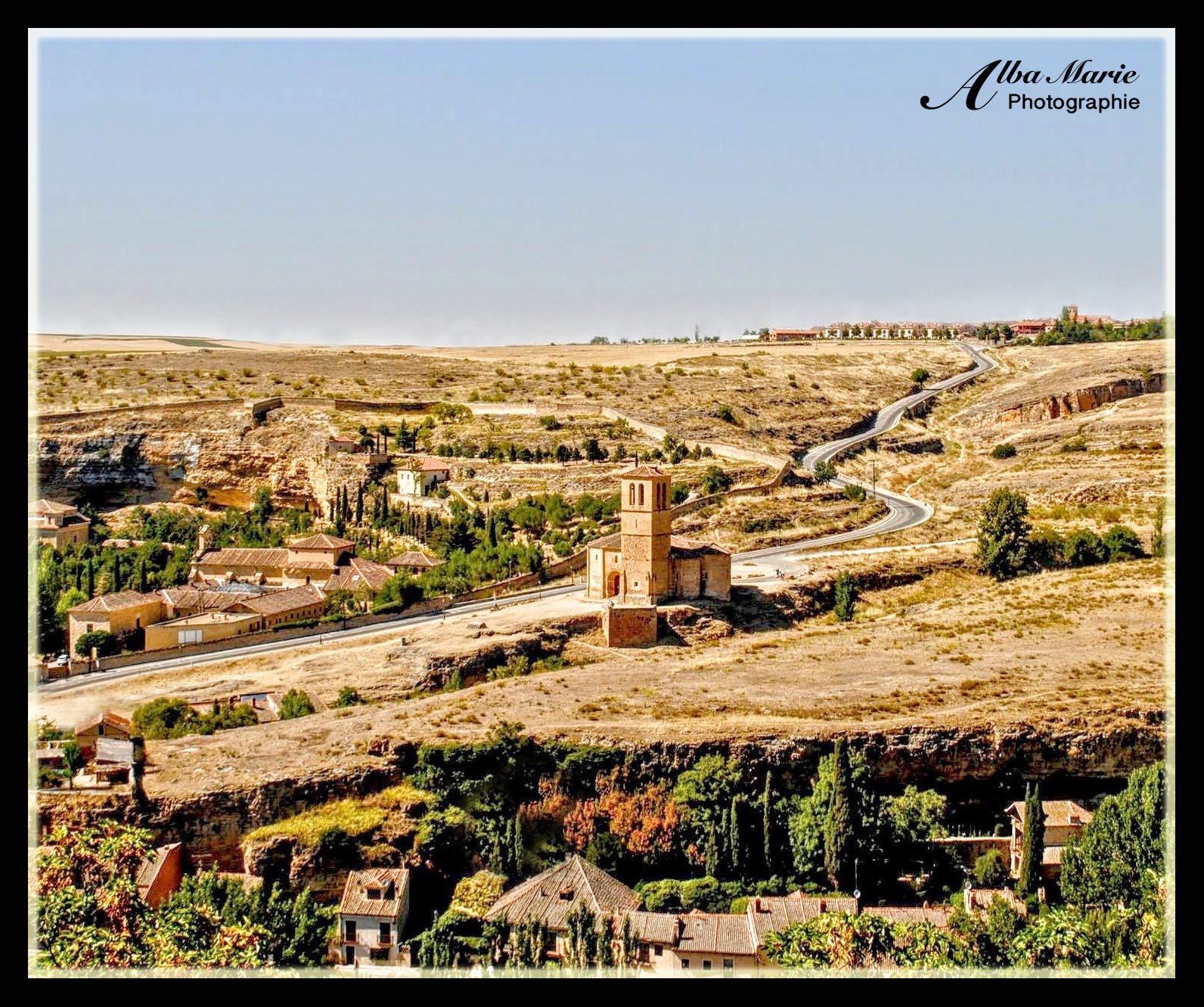
Temple House, Sligo, Ireland
It’s a little-known fact that rainy northwest Ireland hides the ruins of a Knights Templar castle – and it’s in the place you least expect: on the grounds of a 4-star manor hotel. The gorgeous Georgian manor, Temple House, gets its name from its Templar connection. Looming dramatically from the windblown fields, visitors will literally stumble over the crumbling ruins of a Templar church and castle just outside the stately home. The house was built in 1825 on a large 1,000-acre estate on lands that once granted to the Knights Templar in 1216. The Perceval family has lived on the lands since the 17th century, and continues to reside on-site today (the current Perceval owner of the house is also your friendly host to anyone lucky enough to snag an overnight stay at the manor house), with just a minor break when the house was briefly sold for lack of funds before being bought back almost immediately by another member of the Perceval family. The Percevals claims to trace their history all the way back to Sir Perceval, a knight of King Arthur’s Round Table, with another ancestor taking part of William the Conquerer’s raid of England. The castle may not look particularly “Templar” but this is because it was modified in the 1600s to fit the trendy Anglo-Irish idyll of domestic castle living. Windows were widened, rooms expanded, and ceilings raised, all in the name of comfort (by the 1600s, invasions in Ireland were a thing of the past as the island was firmly under British rule). Anyone yearning for old-world charm coupled with a connection to history and mythology will love a quiet country break in Temple House surrounded by country comfort and fascinating history from two very different periods of time.
Tip: The breakfast in the lavish dining hall is a fantastic way to start your day. Take the time to chat with owner Roderick; once you get him talking about local history, you’re in for a treat!
More Fascinating Irish History
- The Birthplace of Halloween
- Ancient Ireland’s Neolithic tombs
- Bronze Age archeological finds at Lough Gur
- Unique 15th century castle
- Giants and geology at Giant’s Causeway
- The unchanged shelves of Marsh’s Library – Dublin
- Ancient tradition of the Winter Solstice at Newgrange
- Tragic end to monasteries in Ireland

